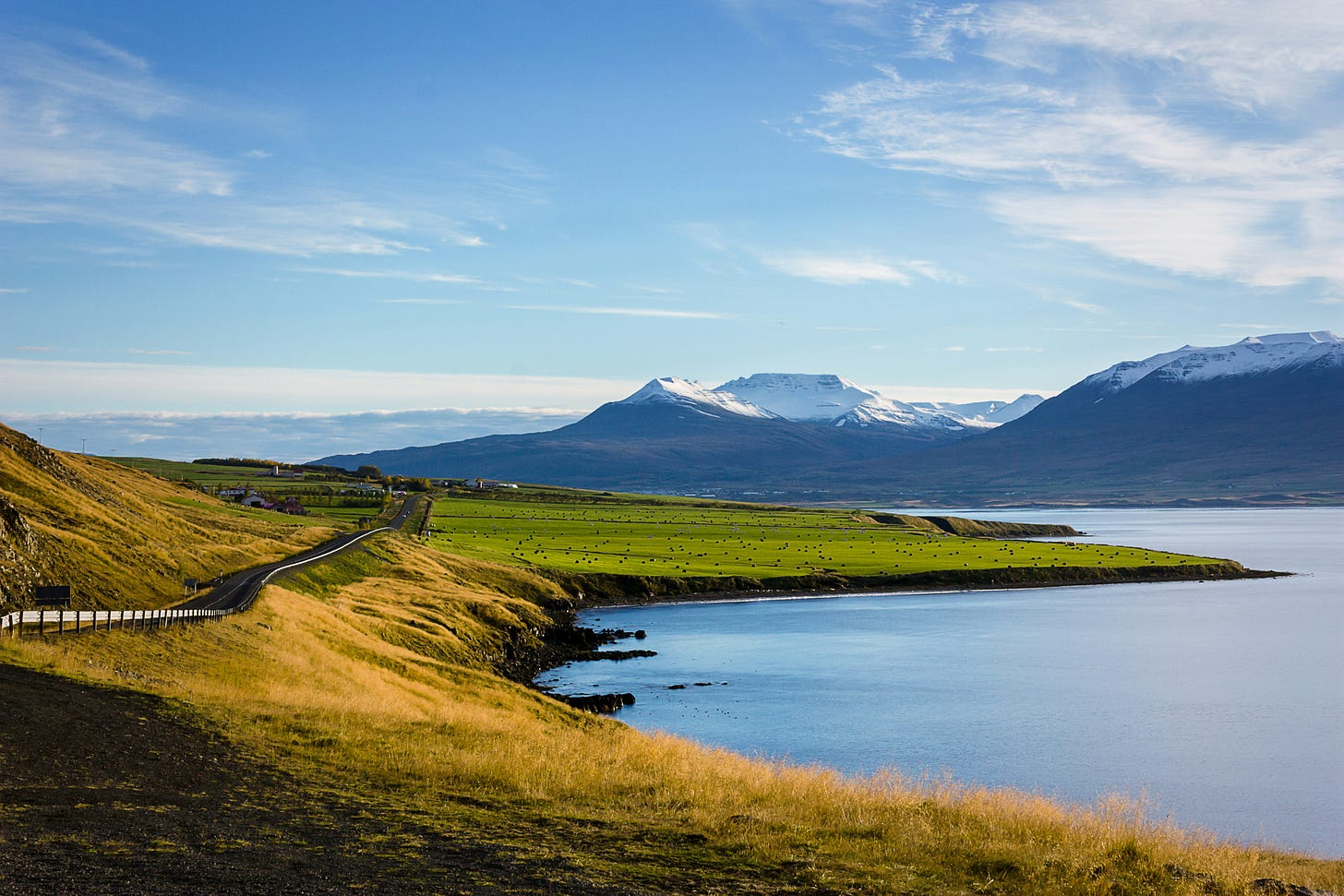ICE ICE ICELAND
A Remote Worker’s Guide to the Coolest (and Costliest) Visa in Europe
by Nomag Team — inspired by Freaking Nomads’ original guide
(Read the full breakdown by Kiara Conaghan on Freaking Nomads)
If you’ve ever dreamed of answering emails between glaciers, soaking in a hot spring after a Zoom call, or saying “I live in Iceland now” just to sound cooler in group chats — congratulations: your moment has come.
Iceland may look lik…
Keep reading with a 7-day free trial
Subscribe to NOMAG to keep reading this post and get 7 days of free access to the full post archives.



